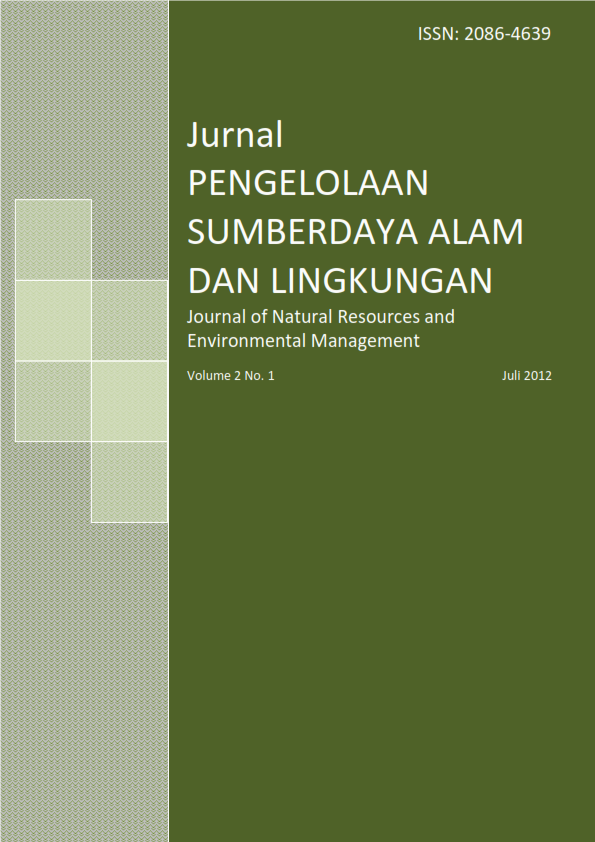PENGELOLAAN PERIKANAN PELAGIS KECIL BERBASIS DAYA DUKUNG LINGKUNGAN PERAIRAN DI KEPULAUAN SANGIHE
Abstract
One of the potency for development of Sangihe Islands is sea and the availability of fish resources which is relatively high, both in terms of quantity and diversity. One of the fish types with high quantity in this area are pelagic fish group. This research aims to analyze the management of small pelagic fishing in order to maintain its sustainability. The research result indicate that the average sustainable production of the small pelagic for 20 years (1988-2007) observation was 3,128.45 tons/year. Depreciation value has reduced the rents value received by fishermen. With the method of the present value, the revenues from the market at discount rate of 15% should be Rp 274.97 billion. However, due to depreciation, the amount received just Rp 118.59 billion only. For the optimal and sustainable fisheries management, the effort level for small pelagic capture should be 5,342 trips/year at discount rate of 15%. To maintain the sustainability, the level should be lowered down around 46% from the present level in small pelagic management.
Keywords : Sangihe archipelago, CYP, MAPLE, development of the small pelagic fishes
Authors
Authors who publish with this journal agree to the following terms:
- Authors retain copyright and grant the journal right of first publication with the work simultaneously licensed under a Creative Commons Attribution License that allows others to share the work with an acknowledgement of the work's authorship and initial publication in this journal.
- Authors are able to enter into separate, additional contractual arrangements for the non-exclusive distribution of the journal's published version of the work (e.g., post it to an institutional repository or publish it in a book), with an acknowledgement of its initial publication in this journal.
- Authors are permitted and encouraged to post their work online (e.g., in institutional repositories or on their website) prior to and during the submission process, as it can lead to productive exchanges, as well as earlier and greater citation of published work (See The Effect of Open Access).






